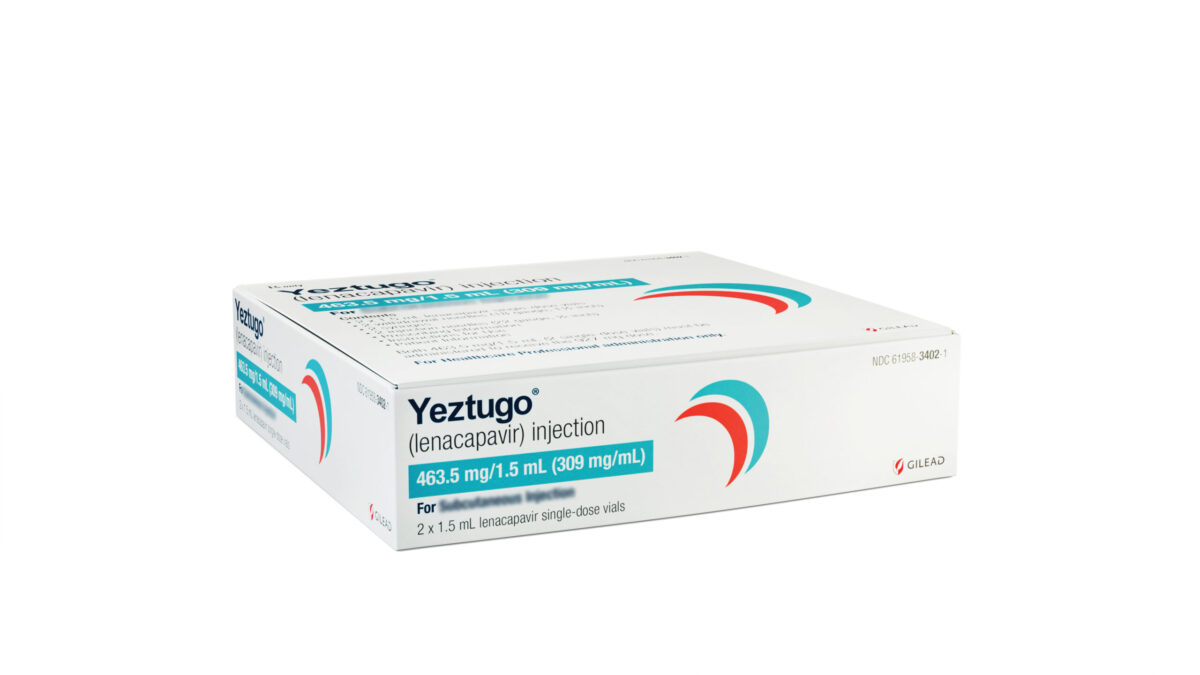According to a study led by researchers at the Dana-Farber/Boston Children’s Cancer and Blood Disorders Center, children in the first month of treatment for acute lymphoblastic leukemia (ALL) had a reduced risk of developing complicated bacterial infections when they were given prophylactic antibiotic. Despite the fact that ALL – the most common type of cancer in children – has a high cure rate, one to two percent of patients with the illness die as a result of infection-related complications within their first month of therapy.
The researchers – who reported their results at the 57th annual meeting of the American Society of Hematology – found that the occurrence of infections was reduced by approximately 60 percent in patients that received prophylactic antibiotics, when compared to previous controls. ALL – and the chemotherapy used to treat the cancer – both have a dampening effect on a patient’s immune system, which can make them more susceptible to bacterial pathogens.
The researchers say that pediatric ALL patients face the highest risk of infection during the initial – or induction phase – of treatment when chemotherapy is most aggressive in an attempt to get the cancer into remission. “Children who develop bacterial infections during induction can become severely ill and often need to be admitted to the intensive care unit,” said Dr. Lewis B. Silverman, clinical director of the Hematologic Malignancies Center at Dana-Farber/Boston Children’s and principal investigator of the current study.
“As a group, we realized that there was great variability among our institutions in terms of the management of leukemia patients who develop a fever,” said Silverman. “This study was designed to ask whether uniform guidelines for antibiotic prophylaxis and fever management could prevent infection-related morbidity and mortality in our patients. It was not clear, prior to starting the study, whether such a strategy would succeed, or whether the use of prophylaxis might increase the incidence of antibiotic-resistant infections or the frequency of fungal infections.”
Silverman is also the principal investigator of the Dana-Farber Cancer Institute (DFCI) ALL Consortium clinical trials group. The researchers tested the effectiveness of prophylactic antibiotic treatment by adding universal antibiotics to the DFCI ALL Consortium’s 11-001 treatment protocol for pediatric patients with ALL.
Nine different sites participating in the consortium enrolled a total of 229 children that had been recently diagnosed with ALL between 2012 and 2015. Regardless of whether a patient developed a fever, all children participating in the clinical trial received antibiotics throughout the induction phase of their treatment.
In order to analyze results, success of treatment protocol 11-001 was compared to the previously-applied 05-001 ALL protocol, which instructed physicians to administer antibiotics only after onset of a fever, for an unspecified duration. The results of the study indicate that prophylactic antibiotics did reduce the incidence of infection.
Of the patients receiving antibiotic therapy on protocol 11-001, 13.1 percent experienced at least one infection during the induction stage of treatment; this number is approximately 50 percent less than the proportion of patients who experienced infections on treatment protocol 05-001 (26.6 percent). While the incidence of bacterial infection in pediatric patients on the older protocol 05-001 was 24.7 percent, this number was reduced by approximately 60 percent – to 9.9 percent – in patients who received prophylactic antibiotics on protocol 11-001.
Although the incidence of bacterial infection was certainly reduced as a result of the antibiotic treatment during induction, rates of fungal infection and Clostridium difficile infection – two other factors that contribute to treatment-related mortality – were unchanged between the two protocols. According to Silverman, “While larger, randomized clinical trials are needed to confirm these findings, these are very exciting results. The use of antibacterial prophylaxis appears to have made a profound difference for our patients.”
Sources:
- Children With Childhood Leukemia Benefit from Prophylactic Antibiotics – http://www.dddmag.com/news/2015/12/children-childhood-leukemia-benefit-prophylactic-antibiotics












Join or login to leave a comment
JOIN LOGIN